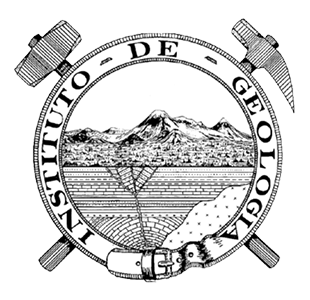Abstract
The gryphaeid oyster Exogyra Say, 1820, is ubiquitous in Upper Cretaceous sediments in the southeastern United States. Like many oysters (Order Ostreida), Exogyra attached its shell to hard surfaces on the seafloor by means of cementation. Throughout its lifetime, Exogyra may preserve through bioimmuration the characteristics and even skeletal remains of substrate organisms, including mollusk shells, echinoids, and bryozoans. Exogyra costata of all sizes were collected from three different localities within upper Maastrichtian deposits in northeast Mississippi and their bioimmurations analyzed. Substrates were identified and classified to compare the three localities’ substrate taxa in order to probe differences in benthic population structure. The results of this pilot study provide an overview of available surfaces on the Late Cretaceous seafloor on the eastern side of the Mississippi Embayment. The data suggest that taxonomic diversity among utilized substrates may increase from north to south, which corresponds to increasing depth from shallow marine to deeper sediments on the shelf.

This work is licensed under a Creative Commons Attribution 4.0 International License.
Copyright (c) 2020 Marvin Kunath, George Phillips, Renee M. Clary












